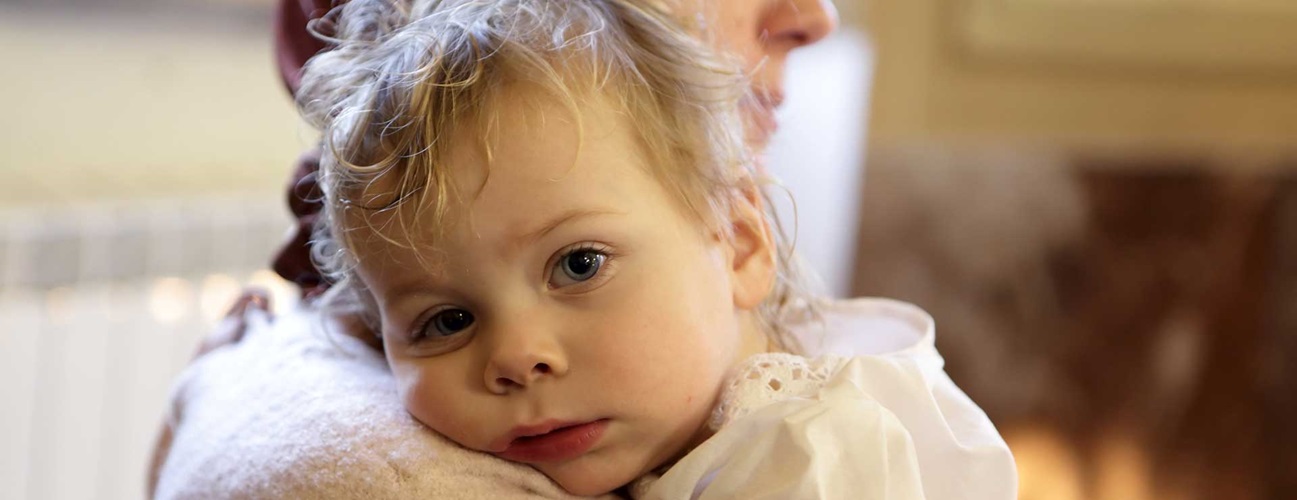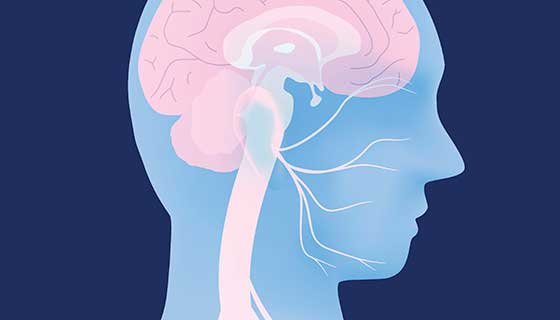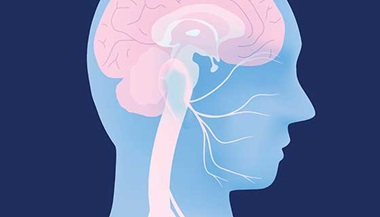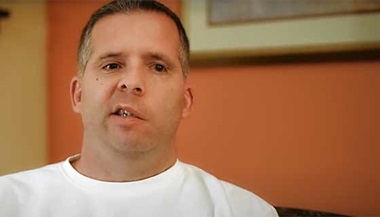Facial Paralysis in Children
The seventh cranial nerve governs the sensation and movement of all the muscles in the face. Damage to this nerve can cause an inability to move one or both sides of the face, affecting a child’s ability to convey emotion through facial expression, blink, speak and eat.
What You Need to Know
- Facial paralysis in a child is rare, and can be congenital (present at birth) or acquired.
- One or both sides of the child’s face may be affected.
- A majority of cases of facial paralysis in children resolve on their own, especially those resulting from a condition called Bell’s palsy.
- For facial paralysis that does not get better, it is important to see a specialist promptly for the best chance of a good outcome.
What causes facial paralysis in children?
Paralysis of a child’s facial muscles is a symptom, with several possible underlying causes, including:
-
Bell’s palsy, which can be the result of viral infection or unknown cause
-
Trauma during birth
-
Head injury
-
Inborn conditions such as Moebius syndrome
-
Craniofacial abnormalities such as hemifacial microsomia
-
Tumors, including schwannomas or hemangiomas affecting the 7th cranial nerve
Symptoms of Facial Paralysis in Children
Symptoms may include
-
Noticeable drooping on one side of the face due to muscle weakness
-
Asymmetrical smile or facial expression
-
Inability to blink
-
Drooling
-
Difficulty feeding
-
Speech problems
Pediatric Facial Paralysis: Diagnosis
In assessing a child with facial paralysis, the doctor will take a detailed history to determine when symptoms appeared, the severity of the paralysis and whether one or both sides of the child’s face are involved. The doctor may use a video camera to record the child’s range of movement.
The physician may recommend the following tests to point toward a diagnosis:
-
Blood pressure test
Treatment for Pediatric Facial Paralysis
Depending on the cause and severity of a child’s facial paralysis, non-surgical therapies may be sufficient to resolve the problem, including physical therapy and treatment with botulinum or steroid medication. A speech pathologist may be part of the child’s care team if the paralysis affects his or her ability to speak.
Facial Reanimation Surgery
Specialized surgical procedures can address severe or persistent facial paralysis in children, including these procedures:
-
Muscle transfers: The surgeon removes one or more tendons or muscles and relocates them to areas of the face where they can restore more natural movement. These procedures include:
-
Temporalis tendon transfer (also known as T3), which relocates one end of the temporalis tendon connected to the jaw and moves it closer toward the mouth. This procedure allows the child to smile by clenching their jaw. The T3 procedure takes about an hour and may be performed in an outpatient setting.
-
Digastric tendon transfer, which relocates a tendon connected to a muscle located under the jaw.
-
Gracilis transfer, which transfers fibers from a slender muscle located in the inside of the thigh. This surgery may require a hospital stay of a few days and several months of recovery, but enables a more natural-looking smile response that involves the entire face.
-
-
Nerve grafting involves moving nerves from different parts of the body to the face. Grafting can restore both movement and sensation, increasing muscle control. Some examples of this technique involve moving the hypoglossal nerve in the tongue, facial grafting and cross-facial grafting.
Protecting the Child’s Eyes
Facial paralysis can affect a child’s ability to blink, resulting in dryness and potential damage to the eye. One treatment your doctor may recommend is the attachment of a tiny platinum chain to the upper eyelid, which gently weighs the lid down and enables the child to blink and lubricate the eye with natural tears.
In addition to addressing the paralysis itself, the surgeon may suggest other facial plastic surgical procedures such as lifting the eyelid or the brow, which can help restore the child’s visual field while restoring function and appearance.





